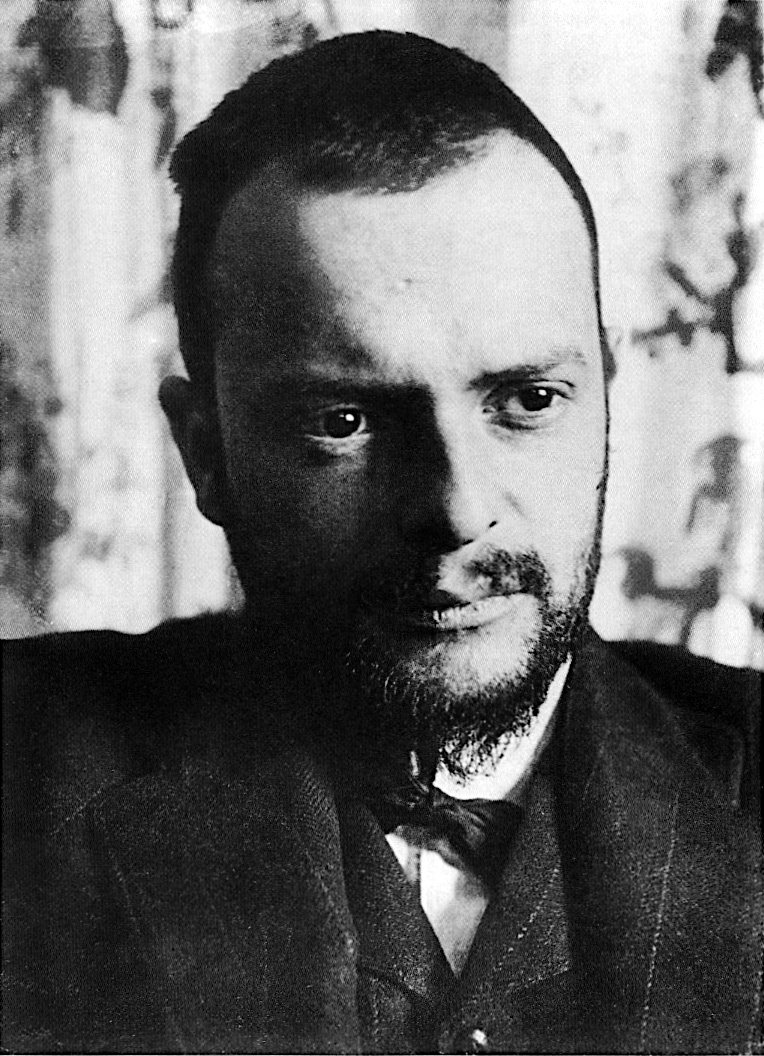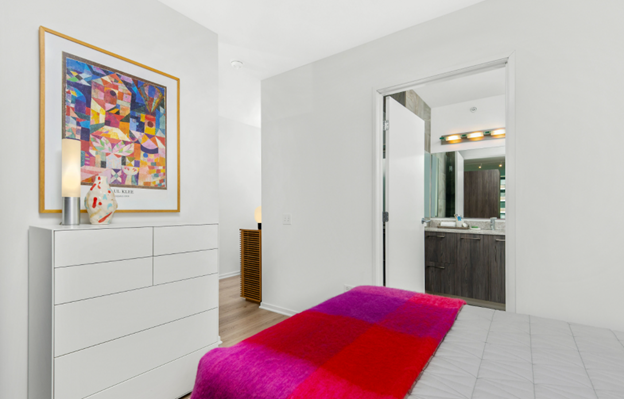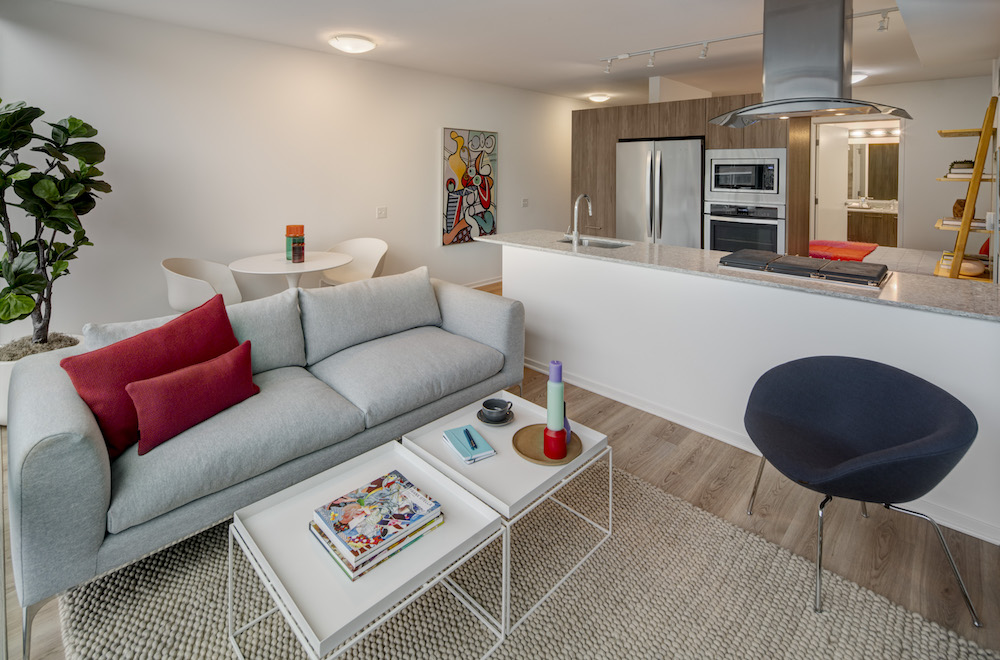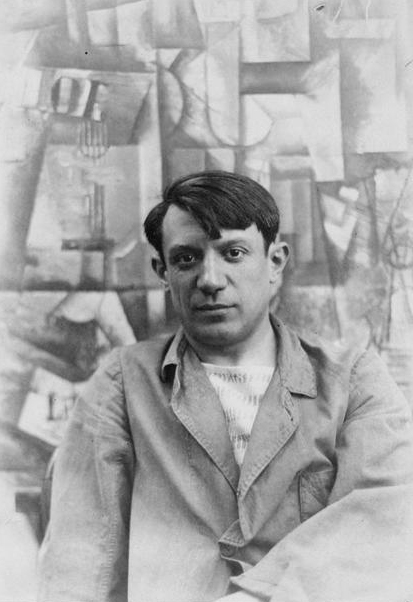An otherworldly sculpture and public art installation in Phoenix pushes viewers to ponder the color of the sky. Air Apparent is a Turrell Skyspace installation, located on the campus of the University of Arizona Tempe. Today, we’re taking a closer look at the work, from its inception to its impact on viewers today.
Artist James Turrell has been making Skyspaces since the 70s, earning international recognition for his innovative work. Air Apparent, installed in 2012, is no less impressive. The immersive art experience is a wondrous structure that frames the sky, using LED lights to “optimize color perception at sunrise and sunset.” Turrell himself describes the concrete and steel structure as “a specifically proportioned chamber with an aperture in the ceiling open to the sky.” The experience for the viewer, then, becomes a surreal rumination on their own perception, grounded only by the work’s alien architecture.
The ASU Skyspace is the third in the area, but the only one that’s open 24/7. Located at the intersection of Rural and Terrace roads, ASU President Michael Crow has declared the artworks’ proximity to “three of the most sophisticated science facilities on Earth” as anything but accidental. One of the nearby buildings, the Interdisciplinary Science and Technology Building 4 (ISTB4), is renowned for designing instruments to enable scientific exploration of other worlds. The labspace includes public outreach areas to invite visitors into the scientific and engineering challenges that invigorate studies of Earth and the universe.
Air Apparent was designed by Turrell in collaboration with architect William P. Bruder, and is set in a desert garden designed by landscape architect Christy Ten Eyck. We’re wowed by the installation’s architectural feats and the deeply thoughtful way it relates back to the surrounding environment — you just have to see it to believe it.








